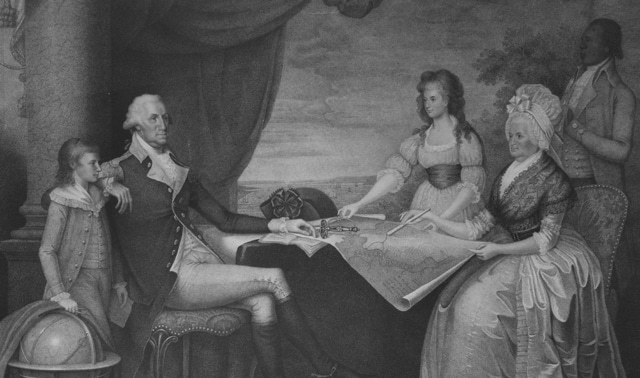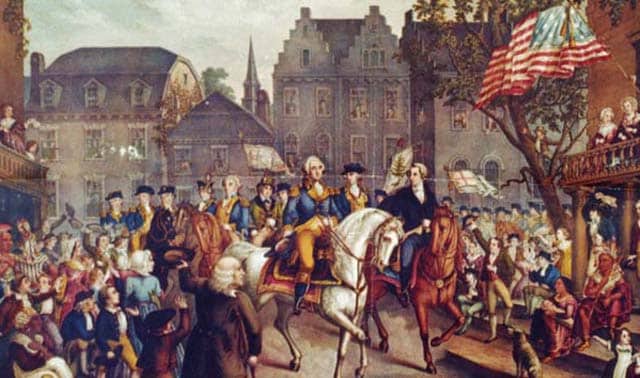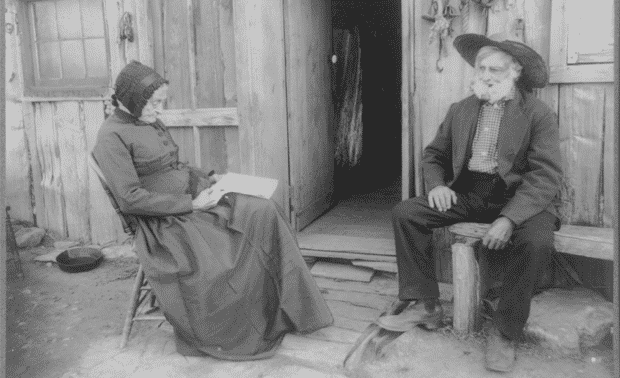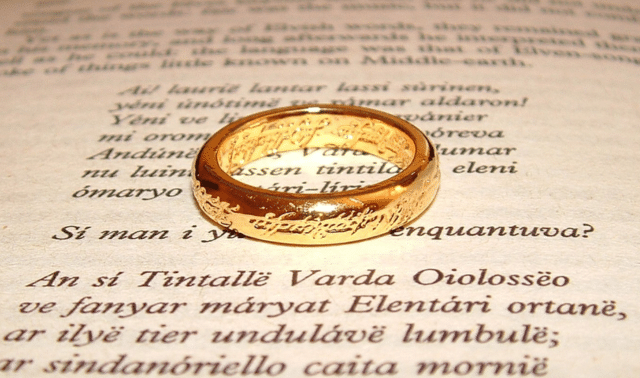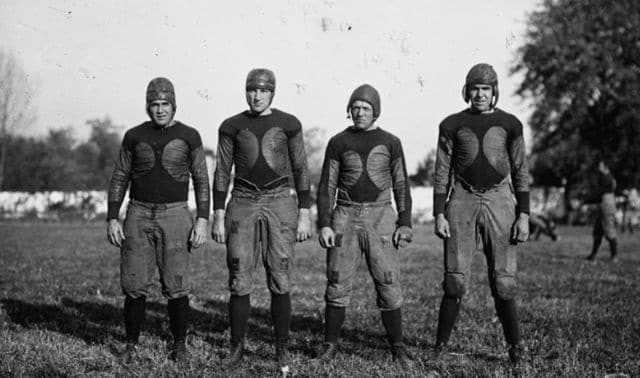Sign up for the Family Tree Newsletter! Plus, you’ll receive our 10 Essential Genealogy Research Forms PDF as a special thank you.
Get Your Free Genealogy Forms
"*" indicates required fields
Alexander Hamilton earned his place in American history as a Revolutionary soldier, founding father and the first treasury secretary. And now he’s a pop culture icon, with a Tony-award winning hip-hop Broadway musical based on his life. But before all that, Alexander was a poor, orphaned immigrant from the Caribbean. Let’s look at the Hamilton family tree to learn about the man on the 10-dollar bill.

Tragic Beginnings
Alexander was born in Nevis in either 1755 or 1757. His mother, Rachel Faucette, conceived Alexander and his brother (James) out of wedlock with James Hamilton. At the time of her sons’ births, Faucette was married to (and estranged from) another man, who had previously jailed her for committing adultery. James Hamilton Sr. had noble Scottish birth, part of the esteemed Hamilton family that owned land in Ayrshire, Scotland.
Alexander had a relatively privileged upbringing. Rachel, having inherited property and slaves from her parents, provided a stable and more-or-less comfortable life. The Hamilton home included dozens of books, providing a crucial early education for Alexander.
But then Alexander’s life took a turn for the worst. A failure in business, James Sr. abandoned the family when Alexander was 10. Not long after, Rachel and Alexander suddenly fell ill. Alexander recovered, but Rachel died, effectively making Alexander and James orphans. Then, their court-appointed guardian, their first cousin, committed suicide. All told, James and Alexander lost both parents, an aunt, an uncle, a cousin and maternal grandmother all between 1765 and 1769. The two had no one but each other. And when James Jr. went off to become a carpenter, Alexander was left alone.
A merchant named Thomas Stevens took Alexander under his wing. Urged by a local Presbyterian minister, Alexander continued to read and study, eventually writing his own poetry. After a hurricane devastated Nevis, Alexander wrote a letter describing the destruction and had it printed in a local publication. Businessmen impressed with the young writer’s ability put together a fund to send him to the American Colonies, finally changing Alexander’s fortune.
Coming to America
Alexander arrived in New York in 1772, enrolling in King’s College (now Columbia University) the next year. When British occupation forced the college to close, Alexander and several other students joined a volunteer Colonial militia. After successes on the field, Alexander rose through the ranks, eventually becoming General George Washington’s aide-de-camp.
After his heroics in the Battle of Yorktown, Alexander became a pivotal political figure in the early republic. He practiced law and wrote essays defending the new US Constitution. In 1789, Washington appointed him the first secretary of the treasury. A prominent political thinker and Federalist, he frequently brought himself into conflict with figures such as Thomas Jefferson and Aaron Burr. His sharp written criticisms eventually caught up with him, and Alexander died in a duel with Burr in 1804.
Alexander faced stigma in the Colonies, both as an immigrant from the Caribbean and as a child born out of marriage. His political opponents referred to him as the “son of a camp-girl,” reflected in Aaron Burr repeatedly referring to him as the “son of a whore and a Scotsman” in the Hamilton musical. But his story embodies the American dream—a penniless orphan immigrant who built his fortune from the ground up.
Family Life
Alexander married Elizabeth Schuyler, the daughter of prominent New York general and politician Phillip Schuyler. Despite Alexander’s infamous extramarital affair, Elizabeth remained a steadfast supporter of her husband. She outlived him by more than 50 years, and tirelessly advocated for his inclusion in the annals of American history.
Historians have also noted Alexander was close with Elizabeth’s many siblings, especially Angelica (with whom he’s rumored to have had an affair) and Margaret “Peggy.” Angelica plays a large role in the Hamilton musical, which takes some creative liberties with her timeline. (Unlike in the musical, Angelica had already married John Barker Church when she met Alexander.)
Alexander’s Legacy
Alexander and Elizabeth had eight children, seven of whom lived to adulthood and three of whom had children of their own:
- Philip (1782–1801) died at 19 in a duel that eerily foreshadowed Alexander’s famous death at the hands of Aaron Burr.
- Angelica (1784–1857) had significant mental health concerns throughout life, perhaps triggered or made worse by Philip’s death.
- Alexander Jr. (1786–1875) fought in the Napoleonic Wars and the War of 1812 and later represented Burr’s wife in divorce proceedings.
- James Alexander (1788–1878) also served in the War of 1812 and for a few weeks was acting secretary of state under President Andrew Jackson. He later opposed the federal bank, ironic given his father’s famously support of it. He had five children.
- John (1792–1882) published several of his father’s papers and wrote a seven-volume biography of him. He and his wife had a whopping fourteen children.
- William (1797–1850) fought in volunteer militias along the western frontier in various conflicts with American Indians before becoming a miner. He, along with hundreds of thousands of other miners, flocked to California during the 1849 gold rush.
- Elizabeth (1799–1859) lived with and cared for her mother in the 50 years after Alexander’s death. She married, but had no children.
- Philip (1802–1884) became a lawyer, often representing impoverished clients. He married and had two sons.
Looking for more? We’ve also profiled the famous family trees of some of America’s favorite presidents, including Hamilton’s friend and mentor George Washington.
Last updated, July 2020.


